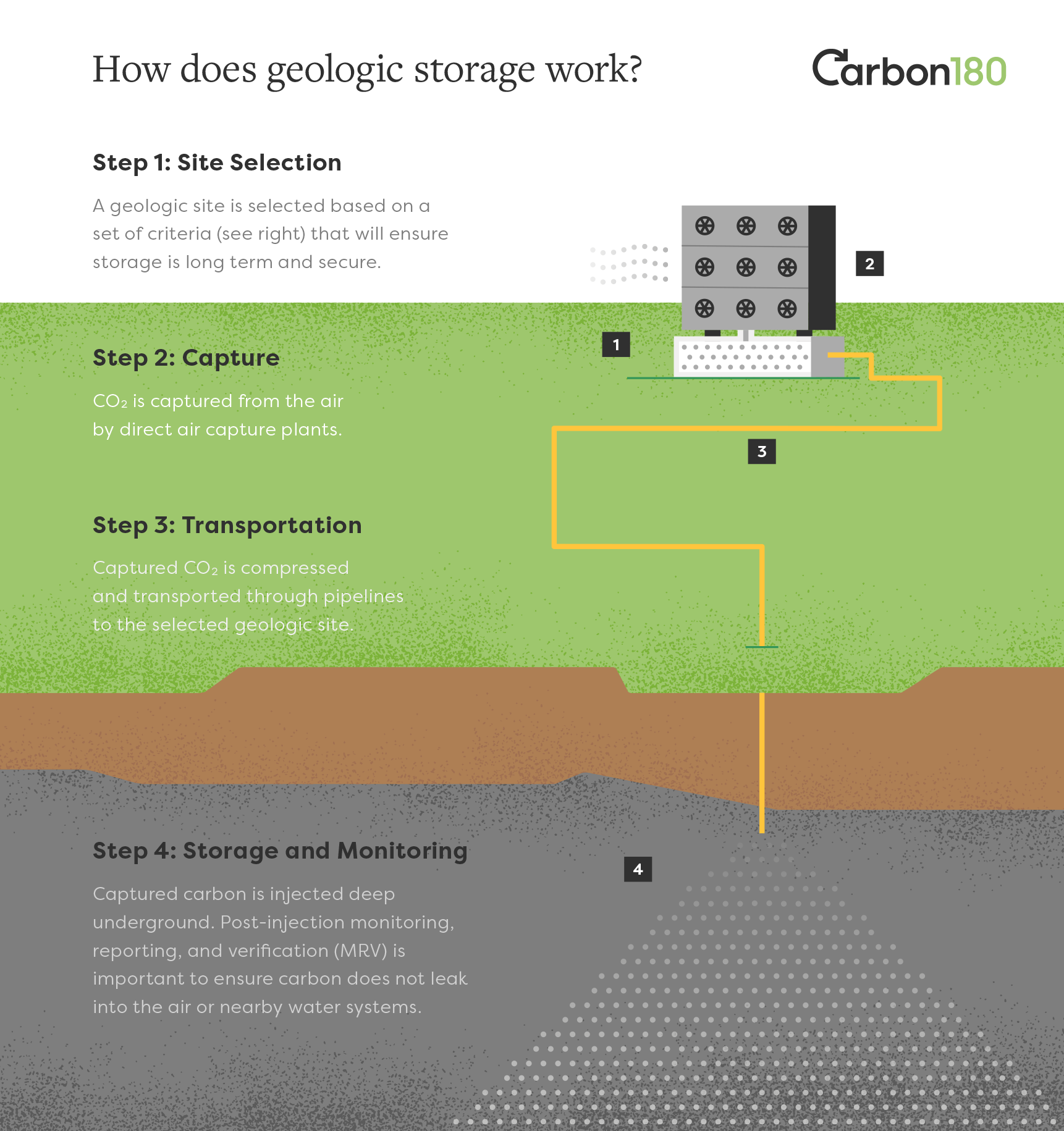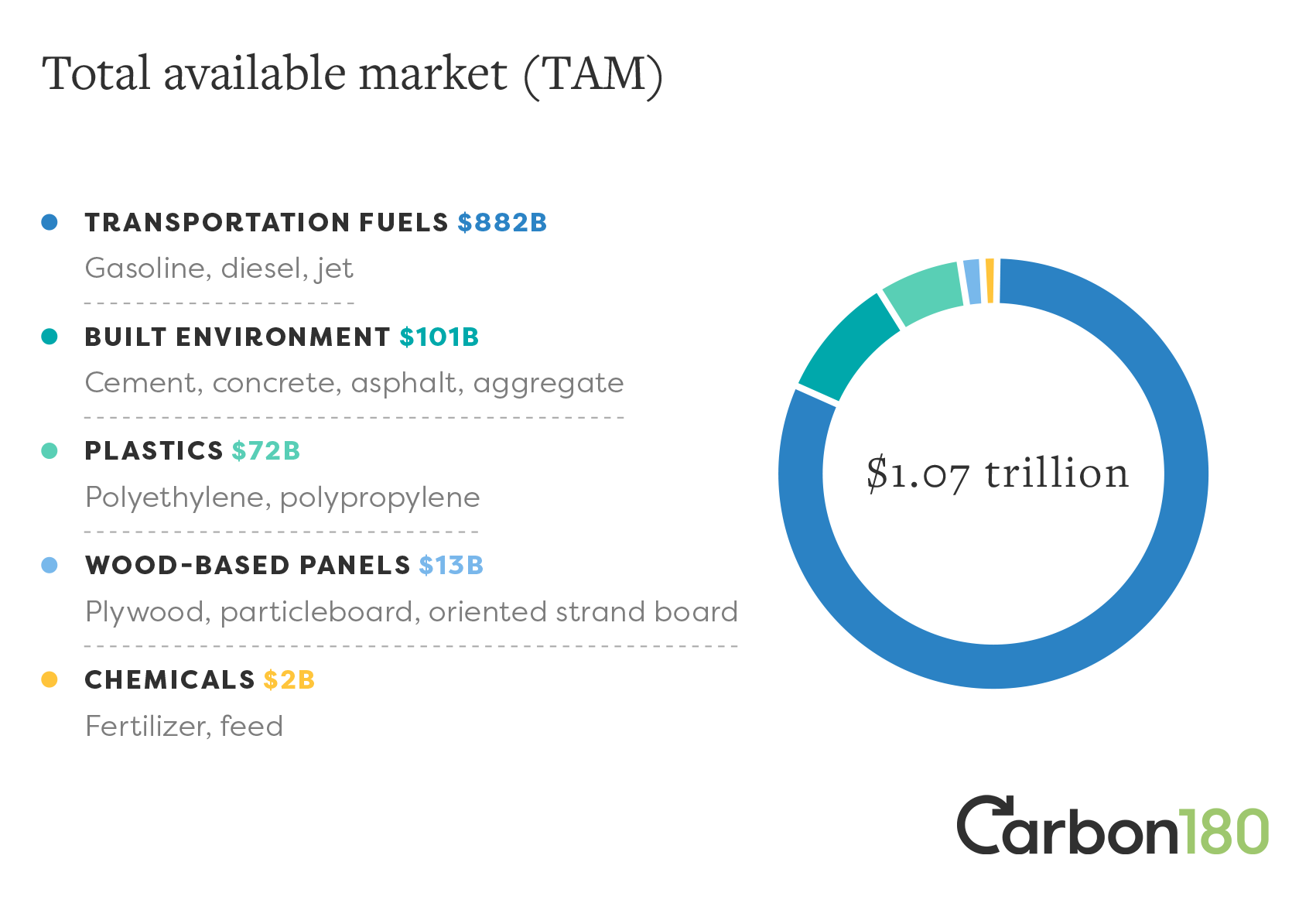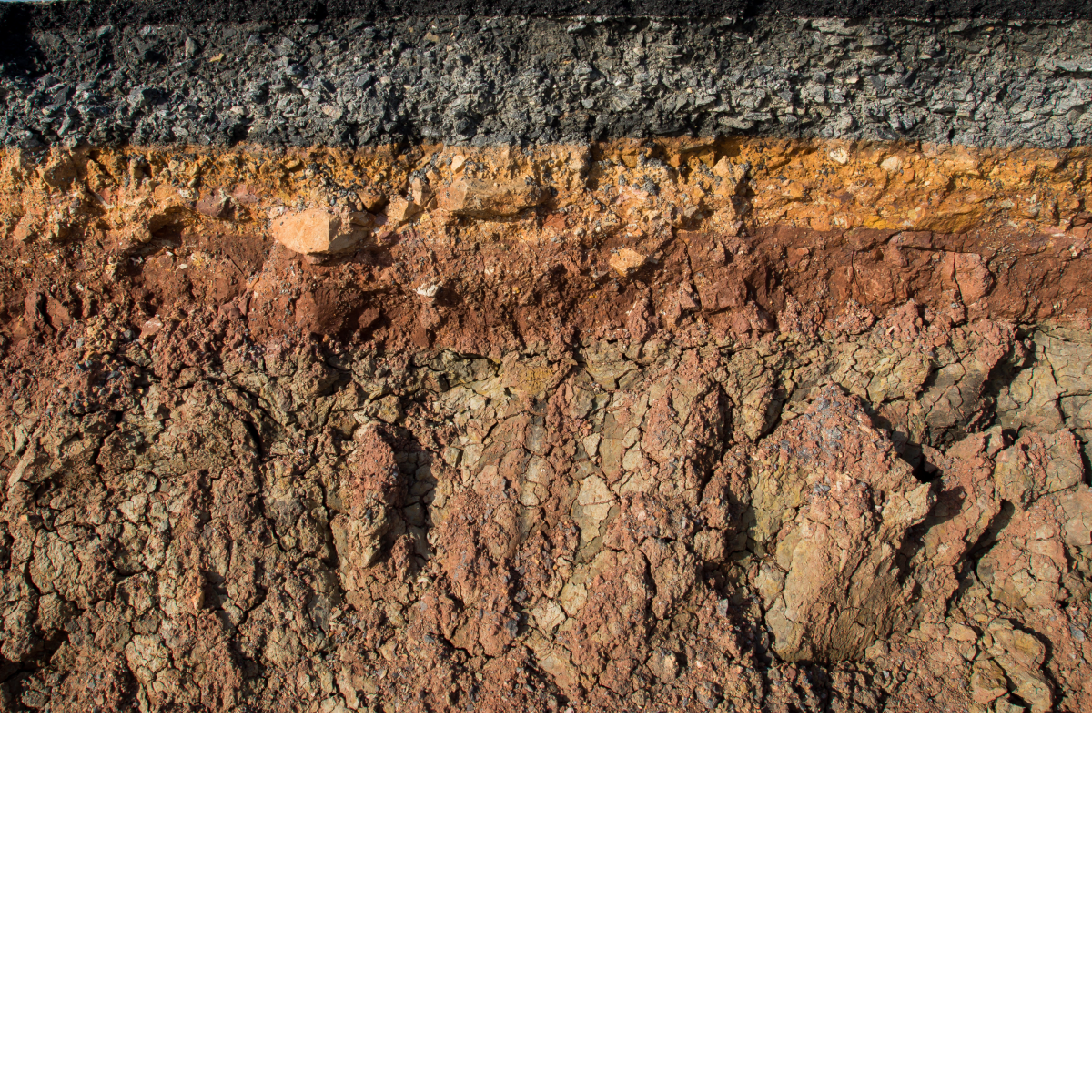We have two repositories at our disposal when it comes to tech-based carbon removal: we can store it underground or we can put it to work in new products. Each path comes with its own benefits, so they’ll both have a part to play in the future of carbon removal. As CDR continues to grow, understanding the mechanics and economics of each can help folks in the field, and the broader public, make the best decision for every situation.
Sending carbon deep underground
Dedicated geologic storage involves injecting CO₂ into rock formations deep underground where it’ll stay locked away for tens of thousands of years. It’s estimated that the US currently has billions of tons of capacity for geologic storage at a cost ranging from $1 to $18 per ton of carbon dioxide. With numbers like those, it’s a compelling method that could allow us to scale carbon removal efficiently.

Minimizing risk and maximizing transparency
Underground injection and geologic storage processes aren’t new — they build on practices and technologies that have been widely used for decades in oil and gas production. They’re low risk, but they’re not free from risk altogether. The CO₂ injection process could potentially cause earthquakes, ground heaving, and effects on underground minerals while CO₂ leakage could contaminate groundwater and drinking water. These possibilities are all relatively low risk, but informed consent is key for the communities surrounding these projects. Continued research will help us better understand and minimize these risks, and share that knowledge transparently.
What if we did more than just store it?
That’s a compelling question for private companies and governments alike. With carbon removal, we have the rare opportunity to turn a liability (carbon trapped in the atmosphere) into an asset (carbon-powered products). We call this group of use cases “carbon utilization.” Carbon utilization encompasses a diverse set of goods and services, including global commodities such as fuel, plastics, and building materials as well as valuable niche applications like cosmetics, food, beverages, and emerging technologies like carbon nanotubes. While some forms of carbon utilization can permanently sequester CO₂, others will only store it for 20–50 years. Those in the latter camp can’t be considered true carbon removal, but all can provide a market-based incentive to repurpose removed carbon, which can push the rest of the field forward.

Promising technologies and innovators
From recycled CO₂ concrete to carbon-powered food additives, plastics, chemicals, and more, carbon utilization is on the rise. The US is home to more carbon utilization projects than any other country, but there are also ongoing efforts across the globe making the most of the economic opportunities and incentives unique to this space.

Storage and utilization policy outlook
The US has spent decades researching and developing geologic storage technologies and infrastructure, but it’s still early days for carbon utilization. In each, investment in research and development (R&D) and standards setting is going to be critical.
For storage, the Department of Energy (DOE) leads its R&D work under the Carbon Storage Program and supports public-private partnerships surrounding geologic storage through its Regional Carbon Sequestration Partnerships Initiative. But despite a long history of work in this space alongside regulations from the Environmental Protection Agency, there are still a number of policy gaps that need to be addressed. In particular, we need more research into the potential social and environmental risks, strengthened interagency coordination, and financial support for associated infrastructure.
On the carbon utilization side, the majority of federal investment has been within the Carbon Utilization program at DOE. These funds have been focused on early-stage R&D and lifecycle assessments, techno-economic assessments, and real-world pilot projects. Further investment in the form of federal incentives and grants could inspire the kind of scientific progress and innovation this space needs to reach its potential.
Land-based solutions offer additional pathways for storage
The ocean is the world’s largest carbon sink. As we explore this pathway further, research will reveal whether we can store carbon without disrupting fragile ecosystems, coastal communities, and more. | |
Soils store carbon naturally, which provides plants and crops with nourishment and provides us with a promising pathway to increase our carbon storage capacity. | |
Trees store carbon in their trunks, branches, and leaves. If we can effectively support and manage them with forestry best practices, we’ll unlock a critical carbon removal asset. |

